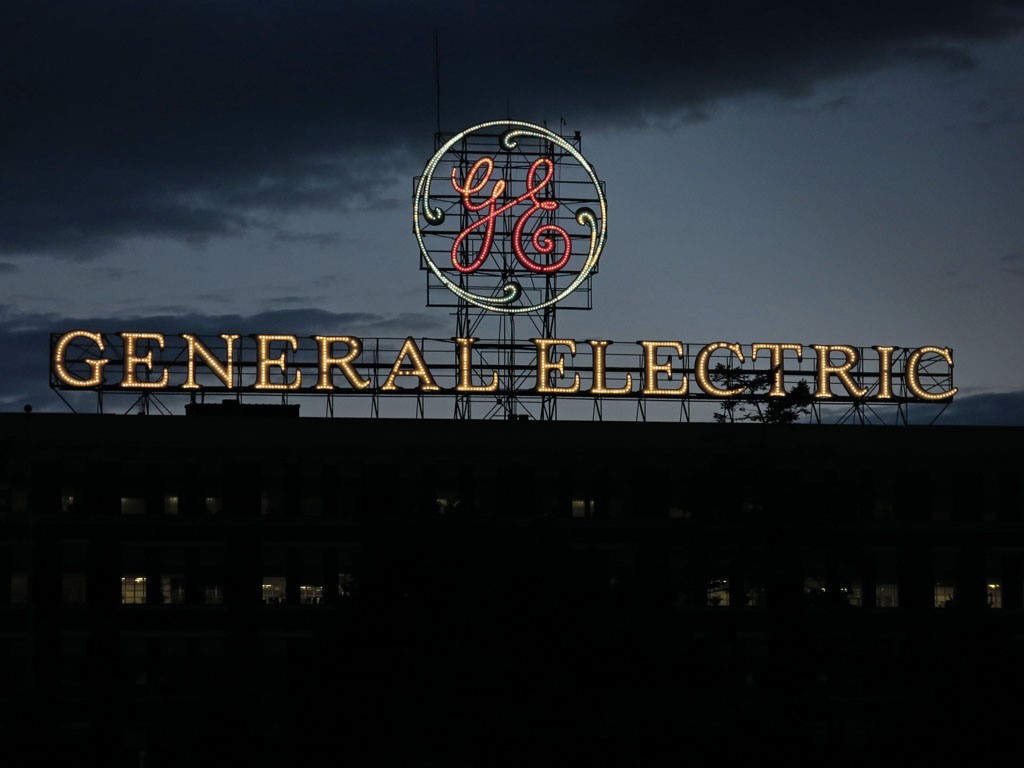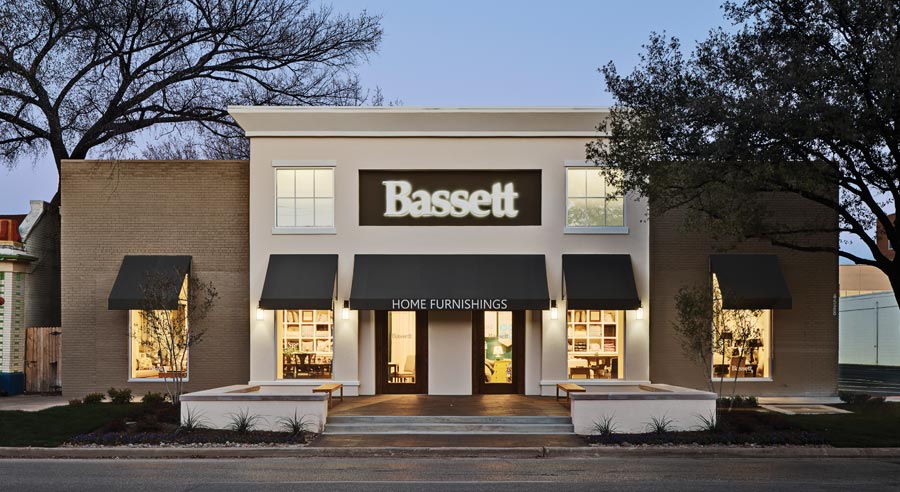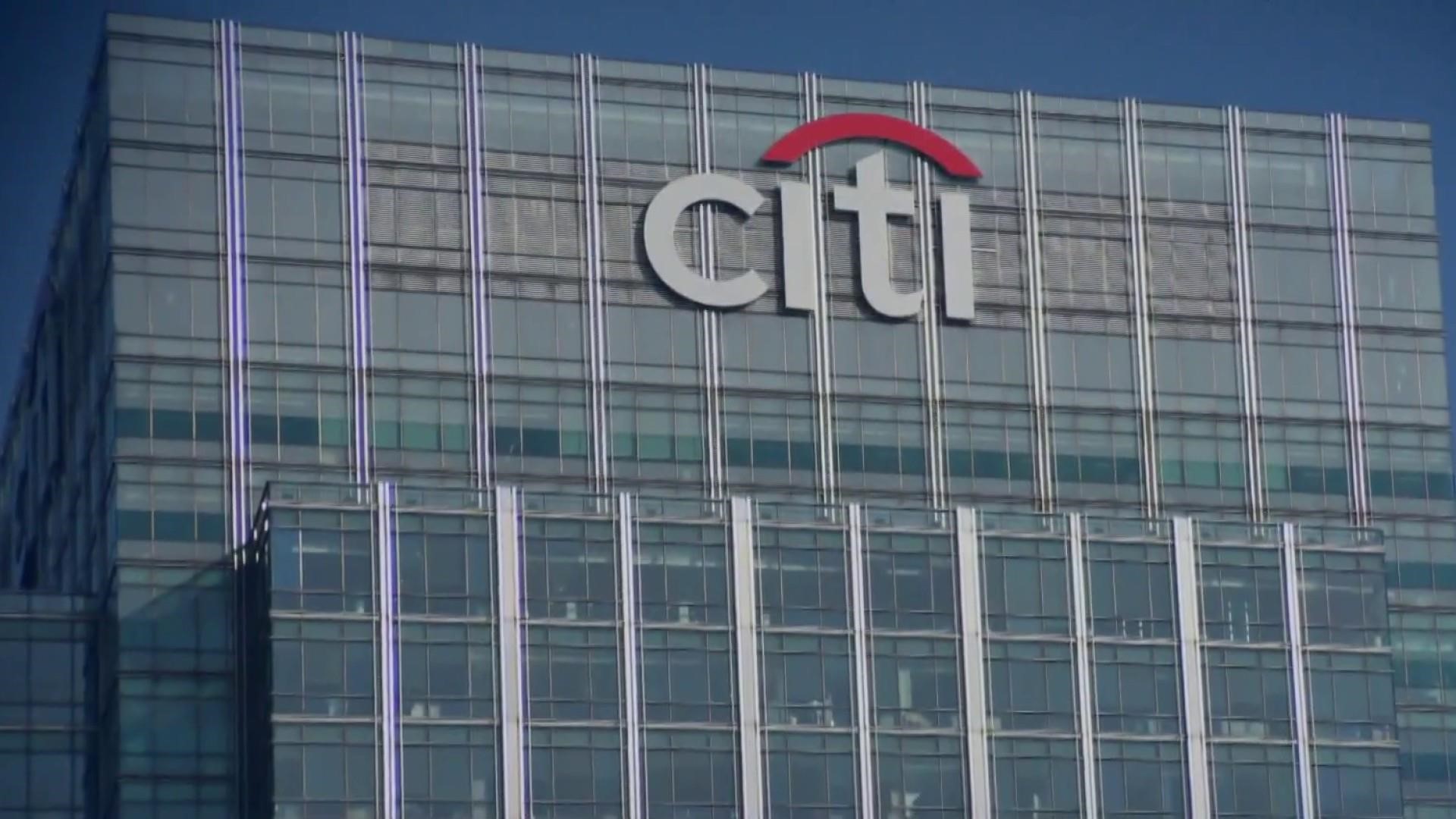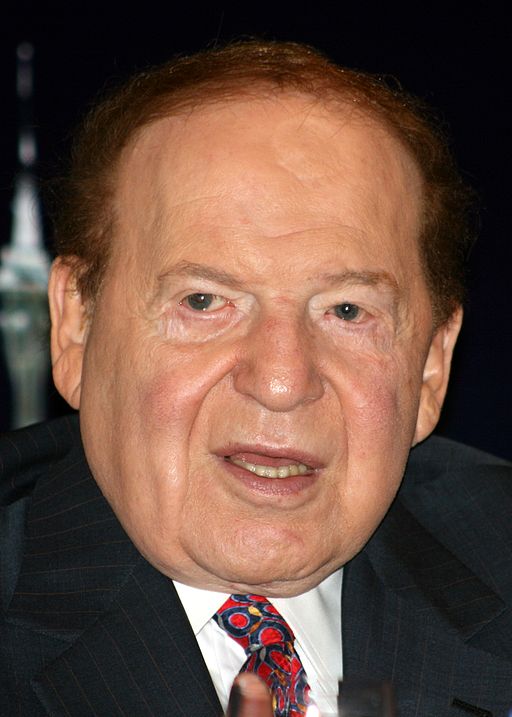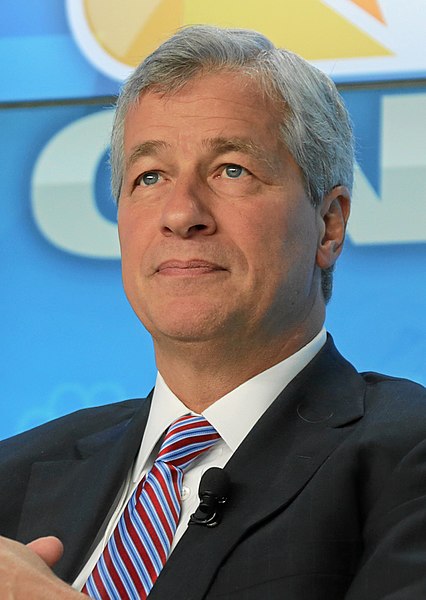For the first time in a decade, there’s a whiff of real fear in the financial markets. I’m not talking about the low-grade anxiety we’ve seen occasionally during the bull market, where investors worry about when to buy the dip. Over the last few days we’ve seen something different -- a deeper fear, fear that comes from not knowing if there is a bottom.
The price of oil has plummeted over 21% since October 3. Brent crude has traded lower for the last 10 consecutive sessions -- it’s longest losing streak since 1984.
A number of energy-related companies have seen unusually aggressive insider accumulation. These stocks may be the biggest winners when the inevitable rebound take place. Here is a list of stocks showing the greatest insider accumulation over the last couple weeks.
General Electric (GE), once the bluest of blue-chip stocks, has fallen hard. Since the end of 2016, GE’s market cap has dropped by 70% -- from $277 billion to $83 billion. In June GE was dropped from the Dow Jones Industrial Average after more than a century. The stock now trades at $9.30, down nearly 50% year-to date.
In early 2018 Tandem Diabetes Care (TNDM) traded just above $2 a share – one of a hundred small cap heath care companies with more potential than profits. Bankruptcy seemed more likely than breakout success. No one suspected that by September TNDM would trade at $50, a gain of 2000%? Well, almost no one.
A stock buyback announcement presumably means management believes a company’s shares are undervalued. So a stock typically jumps on buyback news. Indeed, IBTX shares rallied after the announcement and insider buying disclosures despite a weak broad market. Unfortunately, insider buying after a buyback announcement is the exception. Here’s a dirty little secret – the very same officers and other insiders who initiate buyback programs often sell personal shares immediately after the buyback news.
In June of 2008, Aubrey McClendon, the Chairman and CEO of Chesapeake Energy (NYSE:CHK) was riding high: He was a superstar of the Oil and Gas world, a financial wizard who had started Chesapeake with a $50,000 stake in 1989, and grown the company into a behemoth with a market cap over $30 billion, the nation’s 2nd largest producer of natural gas after ExxonMobil.
Bassett Furniture (Nasdaq:BSET), a furniture manufacturer and retailer with a market cap of $230 million, and annual sales of half a billion dollars, is one of the worst performers of the home goods group. With its October 16 close of $21.42, BSET is down over 43% year-to-date.
And here’s something you don’t often see: Bassett stock has declined for 11 months in a row.
Continuing the series on the greatest insider trades: On October 15, 2018, Citigroup (NYSE:C) reported Q3 2018 EPS of $1.73 on revenues of $18.39B, generally in line with expectations. Trading near $70, Citi has a market cap of $175 billion, and is one of the premiere U.S. financial institutions.
On Sunday, January 18, 2009, as the financial crisis intensified, the Las Vegas Sun ran an article entitled: “Las Vegas Sands: A big rise, a big fall.” The piece chronicled how Las Vegas Sands casino founder and CEO Sheldon Adelson’s personal fortune peaked in 2007 at $28 billion on the strength of his stake in Las Vegas Sands (NYSE:LVS) stock, making him the third richest man in America.
Baron Rothschild purportedly said: “Buy when there’s blood in the streets, even if the blood is your own.” During the financial crisis of 2008-09, investor blood flooded Wall Street – and main street. But for many prescient corporate insiders, buying during the market carnage earned them fortunes. And for investors who had the foresight – and nerve – to follow insiders into these ultra-contrarian investments, the worst of times turned into the best of times.



